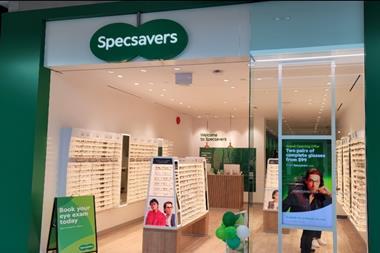After a year of cutting costs and lowering inventories, it’s time for retailers to think about growing the top line.
After a year of cutting costs and lowering inventories, it’s time for retailers to think about growing the top line.
While retailers may not have hit projections they had hoped, there is still positive momentum in the market. In the US, Saks, Nordstrom, Neiman Marcus, Kohl’s, TJX, Ross, Limited and Arrow have all posted better than expected comp sales.
Beyond like-for-likes, the retail industry is beginning to focus again on expansion in the form of new doors, new channels, new customers and new products. So what are the growth trends?
Internet retailing continues to grow significantly. According to industry analysis, online sales increased 14% in the first quarter of 2010, compared with a year ago. In fact, US internet sales are projected to grow as much as 23% between 2010 and 2014.
At the same time retailers are utilising social media to gain new customers and build loyalty. Consumers are now interacting with the products they love. Smart phones feature customised apps that allow retailers to provide price comparisons and confirm product availability at any moment.
We’re also seeing growth in a return to M&A activity. Significant deals, such as Jones Apparel Group’s acquisition of Stuart Weitzman and PVH’s acquisition of Tommy Hilfiger, incentivise companies to think about their own futures. An acquisition strategy gives a company with cash the opportunity to put that money to work by gaining scale, as well as taking advantage of synergies that can better position the company for continued growth.
And the market is ripe for acquisitions. Private equity players acquired many different companies and assets during the buyout boom (2004 to 2008), all of which eventually need to get sold. As those deals are coming up, the goal is to sell the company to a strategic firm.
Finally, retailers need to realise that they can grow from within by expanding their private-label business into real branded products. Many stores forget their own company name is a brand itself and they miss this opportunity to gain higher mark-up and better margins. Companies such as Macy’s, in which roughly 35% of product is private label, are creating real value for themselves by offering private brands, thereby driving traffic into their own stores.
In the end, good merchants will win. Retailers like J Crew, Topshop and Aéropostale are proving that while price, ecommerce and new market growth are part of the equation, it comes down to offering the right product, at the right price, and the right time. Those who have got the goods will win.
Gilbert Harrison is chairman of Financo


























No comments yet